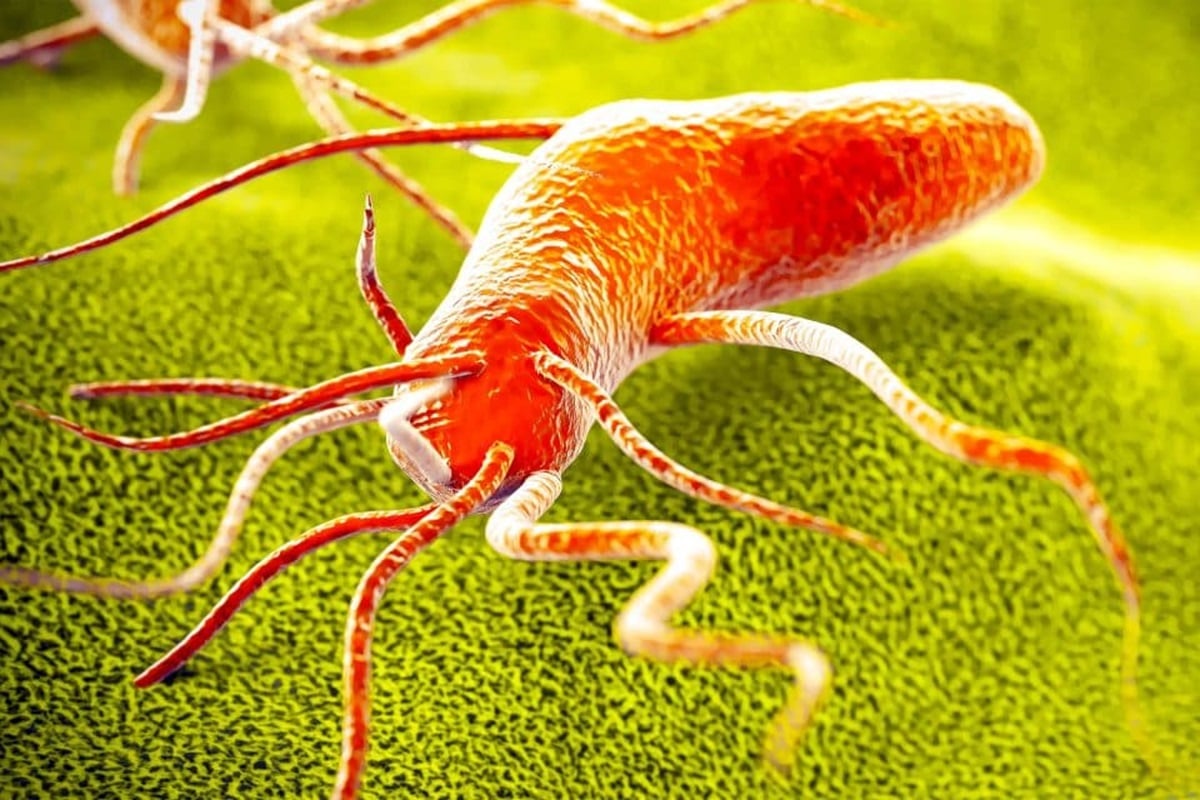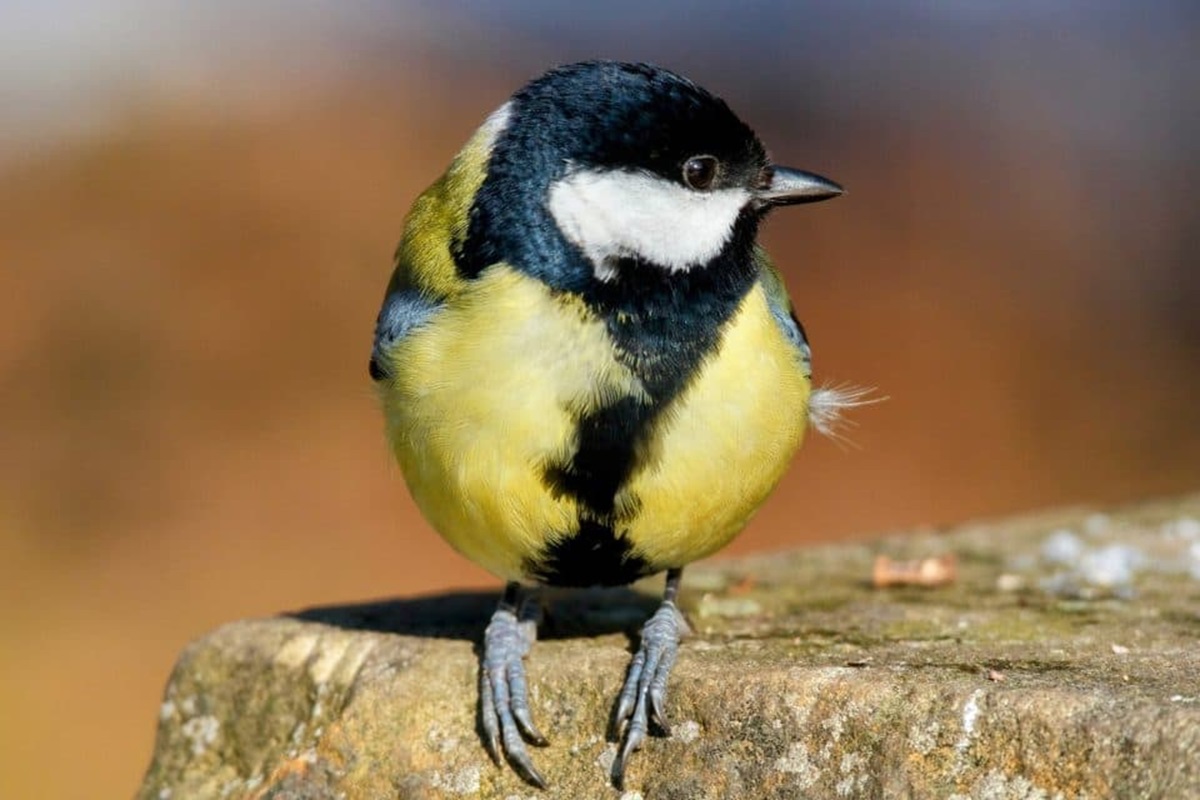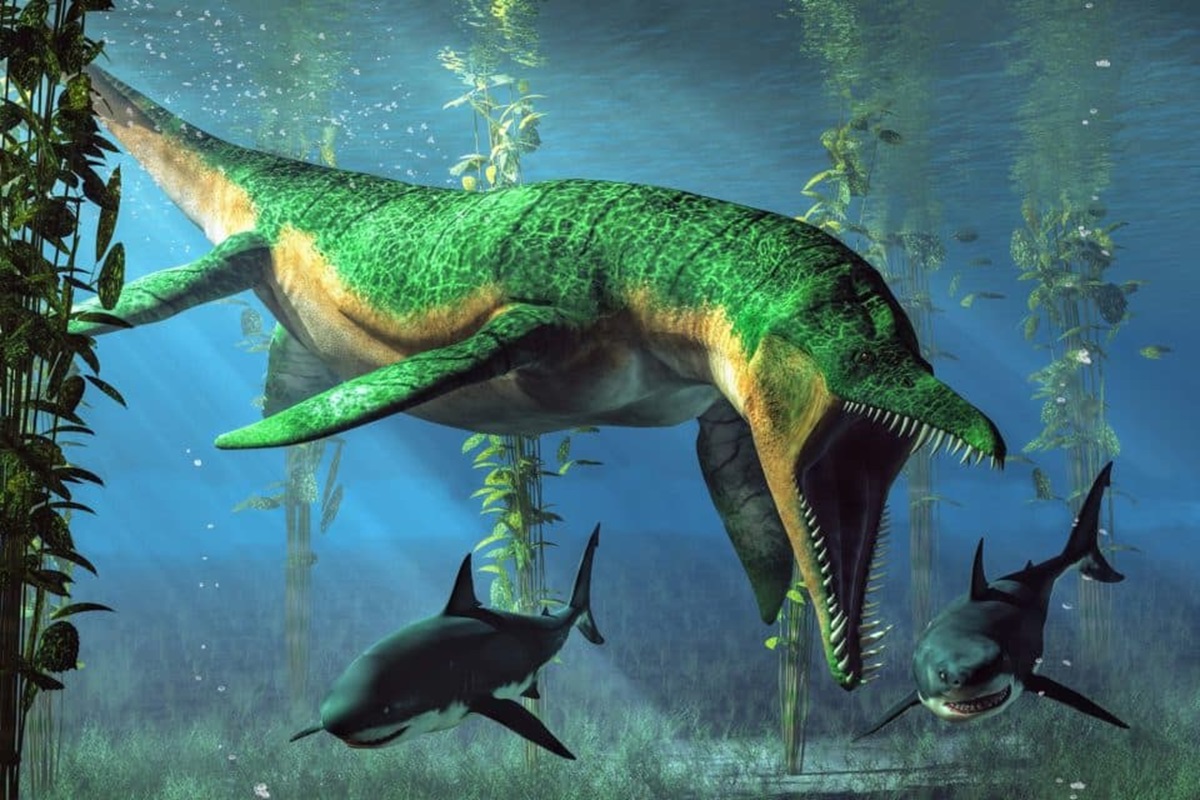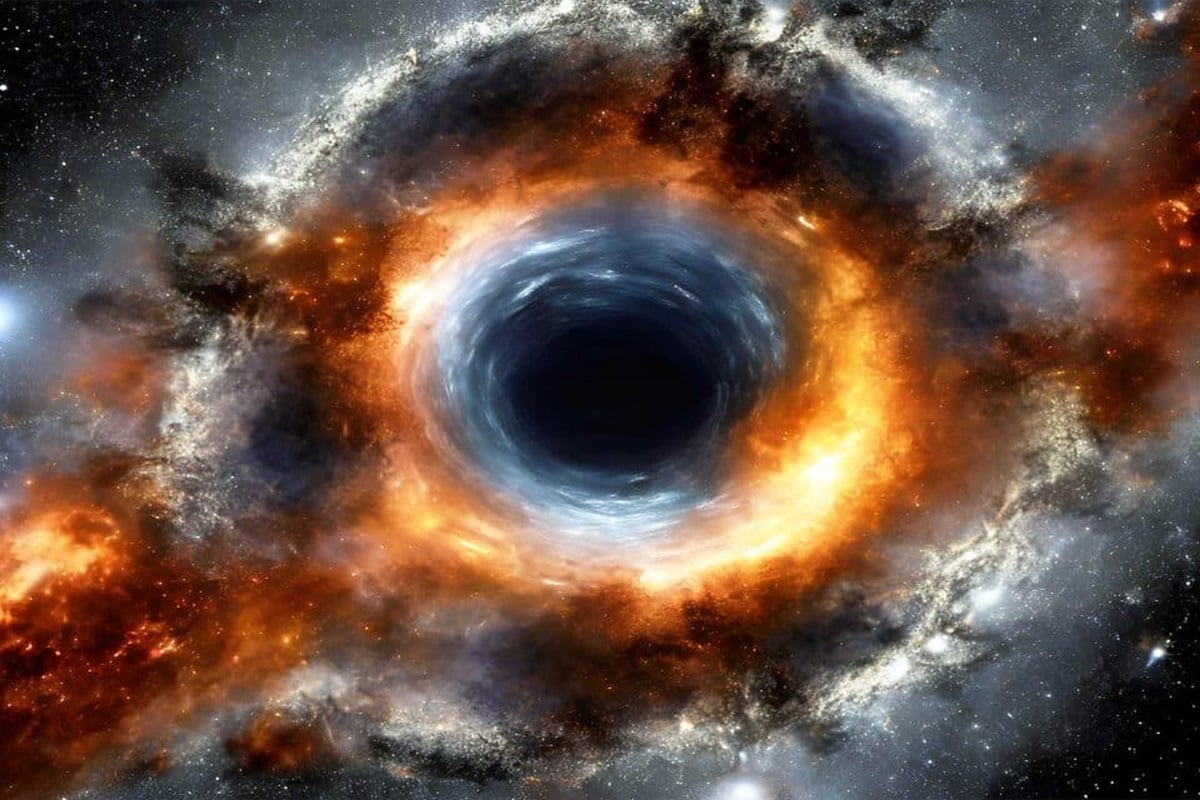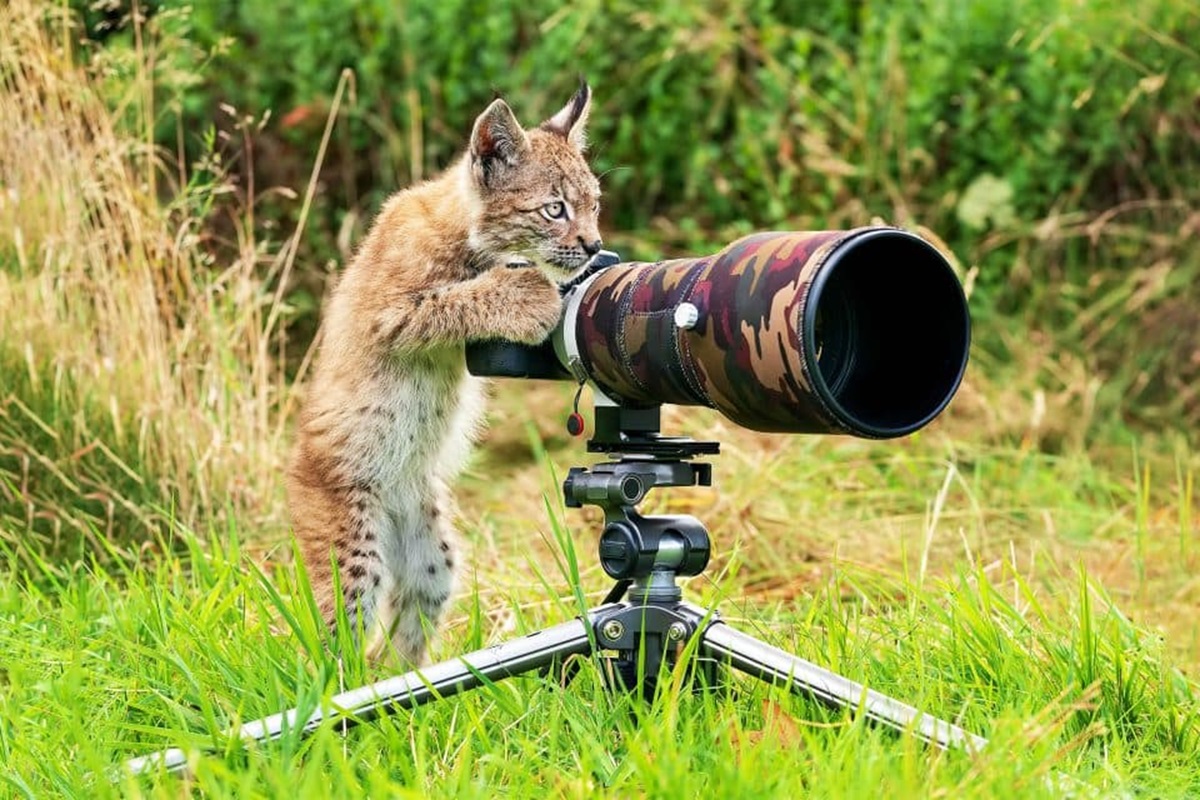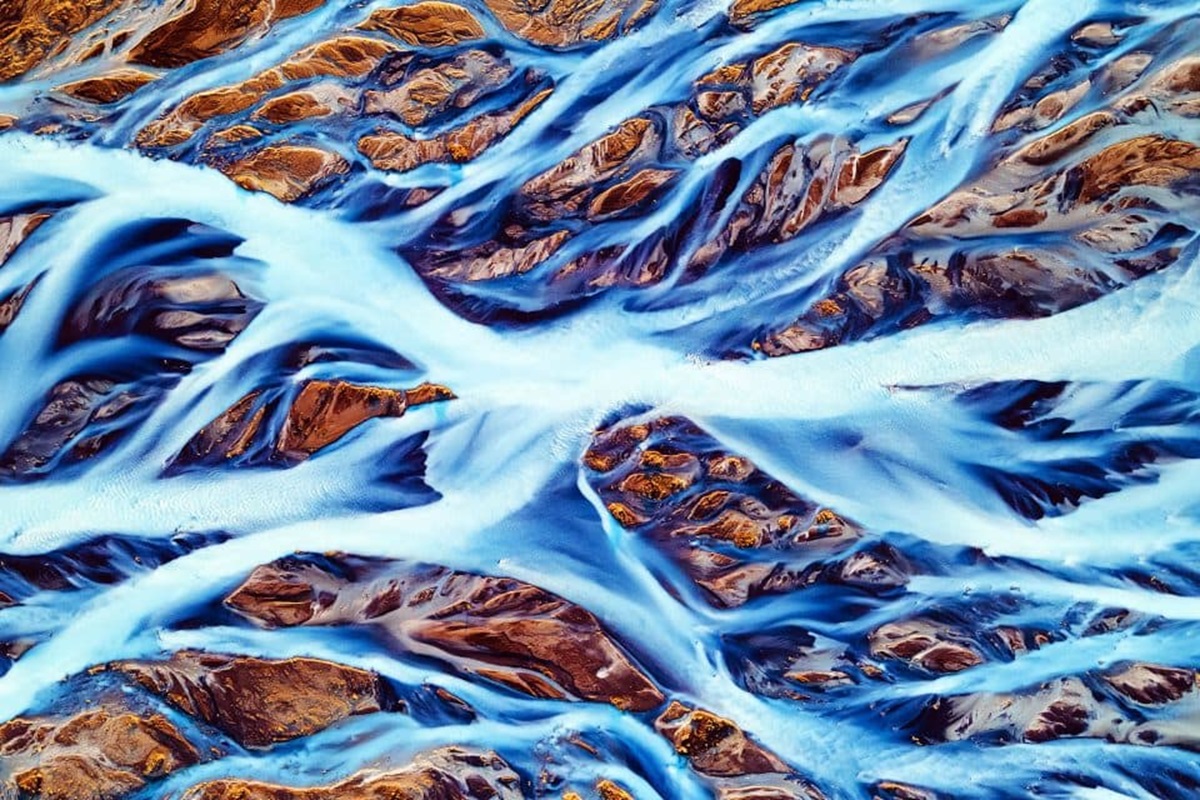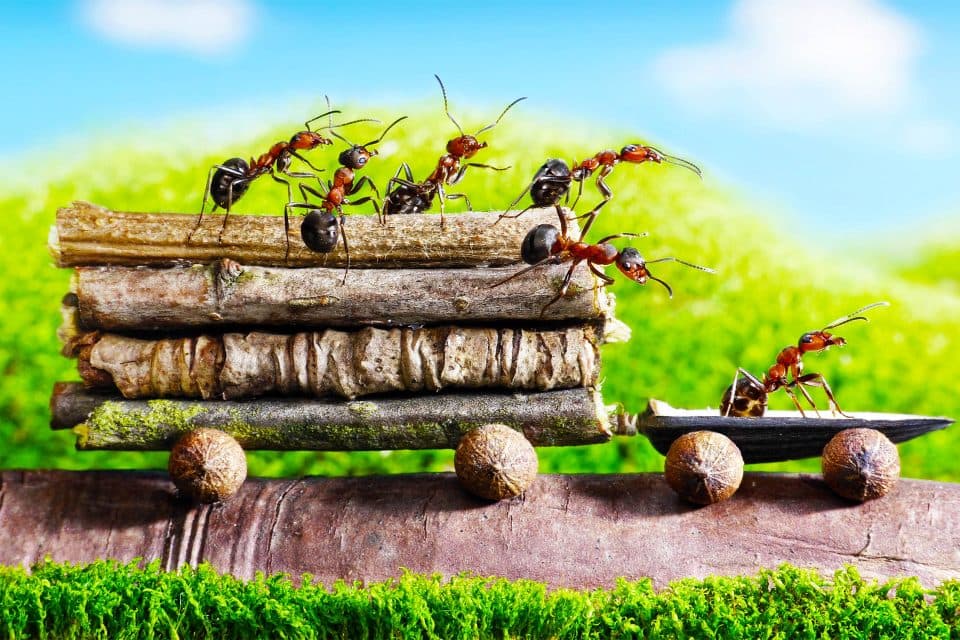The small Isle of Wight just off the south coast of England might not be top of your list as an adventure biking destination, but it actually has a pretty rich motorcycling tradition and it boasts some cracker-coastal roads to cruise around on.

For good reasons, the Isle of Man grabs all the attention but in terms of a good island for bikers, you could enjoy a lot what’s are you offered here. Just over £60 will buy a return ferry ticket from Portsmouth or Lymington, and put you on course for an island escapade. You can be there in less than an hour!
Even though it’s just 150 square miles, the Isle of Wight packs a lot into its small size. It has some of the most beautiful coastal scenery in Britain. This little island in the Atlantic has sunny hills and valleys. You can explore around 57 miles of coastline and over 500 miles of roads.
Island Explorer
This time around we are following the lead of Covid-cancelled Diamond Races anticipated for 2021. The organisers have set aside 12.4 miles of closed public roadways in the Southern part of The Isle Of Wight running through villages Chale, Kingston Shorwell, and Brighstone before a five-mile open section on coastal military roads as well. I reckon this is the best option for you; you can enjoy huge views and wide, open roads.
It can be better if you go to Afton, but continue on a right-hand bend into The Middle Road and then the Newport Road. It is considered as a beautiful track, first surrounded by trees and then opening up into the rolling fields again. To be fair, that is true right road for bikers in the Isle of Wight. It would most likely be an ideal location to run around on a vintage classic.
